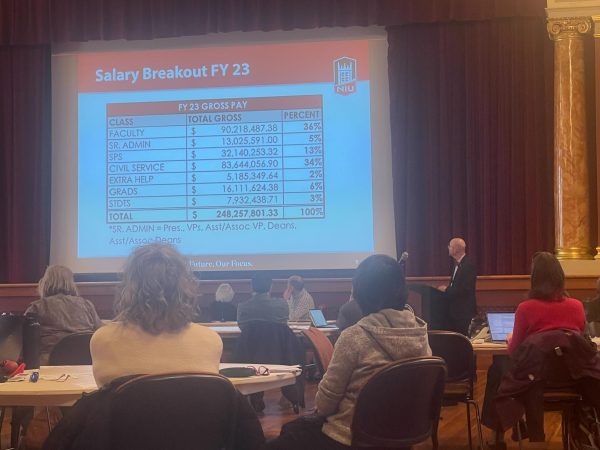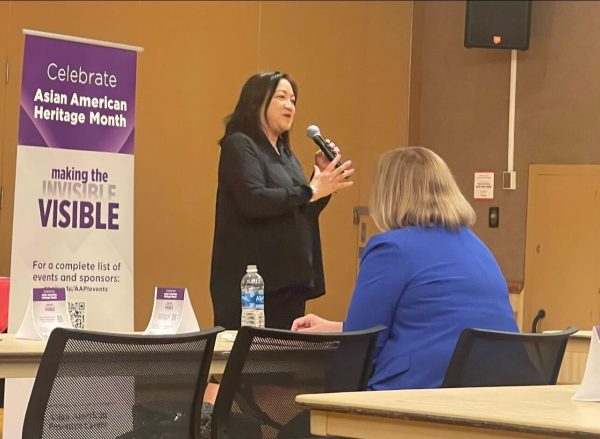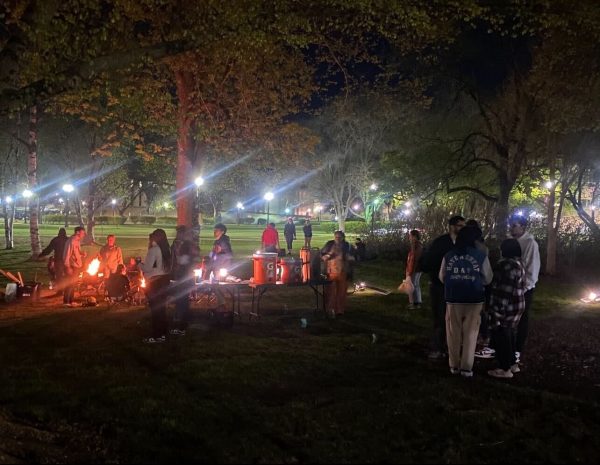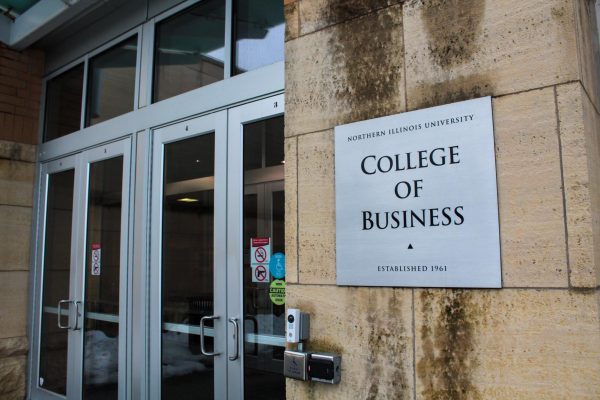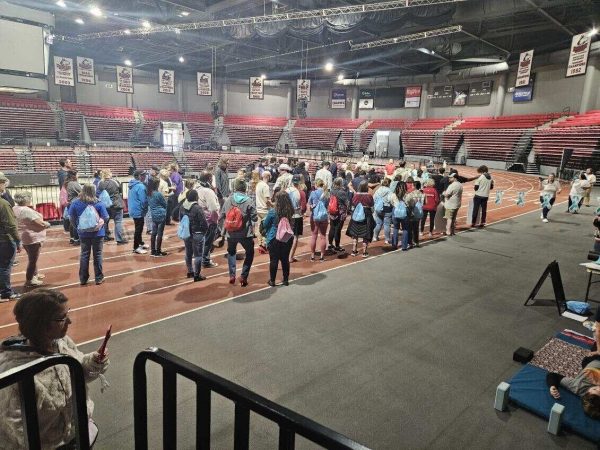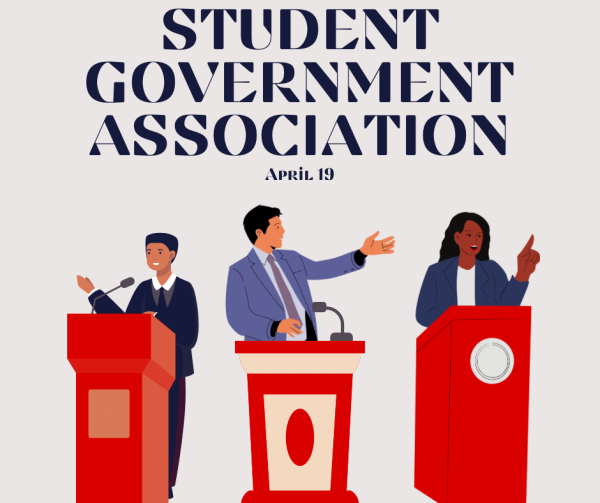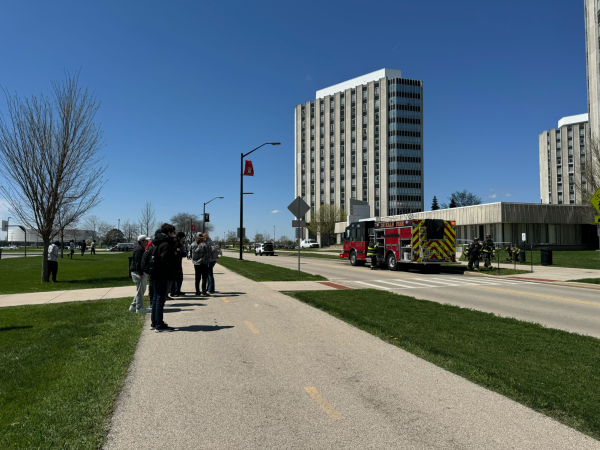Bringing meteorology world to NIU
October 4, 2006
DeKALB | Getting to know the Gulf Stream just got a lot easier.
David Changnon, meteorology professor and adviser, strives to expose his students to the world of meteorology, and it’s a whole lot more than morning weather reports.
Changnon came to NIU in 1992. Despite never having taught a course prior to his arrival, he is certain he found his niche at NIU.
“I’ve really bought into NIU,” Changnon said. “I really like working with undergraduate students; I really care about the success of students here at the university. NIU is a great research school but … it’s still a small enough campus that I can know a lot of people here and get a good sense of community.”
By making NIU his home, Changnon said he has the opportunity to change it for the better and he advises students to do the same.
“You can get so much out of school,” he said. “The kind of stuff that you do and have good memories about when you leave. You need to get involved wherever you are, give something back.”
Currently, Changnon is trying to change the way his students learn about meteorology by keeping organized, relating the topic to the real world and remaining passionate about what he does.
“I had a lot of poor teachers back in college,” he said. “They didn’t have any take-aways. It’s like, you can say something, but does it really mean anything to you?”
Changnon said he feels unique in that he always tries to take something abstract, be it wind flow patterns or cloud formations, and show an example of how one would use it in real life. Changnon goes beyond examples and makes it possible for his upper-level students to get real world experience, both on the job and in research.
“I teach MET 431,” he said. “What the students do is work in groups of three with outside firms on weather-sensitive projects. This fall I have students working with WGN Weather, Chesapeake Engineering and United Airlines. It gives students real world experience.”
Changnon even includes some of his students in his own research, which looks at climate variability and supplied climate. This includes calculating the risk of an unusually hot summer or very cold winter in regard to how it could cost companies money.
“Myself and some of my graduate students talk to companies about how weather will impact their goals,” Changnon said. “I love it because I get to involve students.”
Reasons for this research can clearly be seen in recent strange weather. He said with far more cold days this past September, gas companies like Nicor would have been scrambling were it not for predictions like his. “There has been a lot of wacky weather this year,” he said. “The jet stream has been really active. It’s kind of like a rollercoaster.”
However, it’s hard to tell what all this means for the rest of the year.
“Weather predictions really can’t go beyond 10 days,” Changnon said. “The best guess out there now is that we’ll have a warmer than average winter, but there really are too many unknowns right now.”
Rachel Gorr is a Campus Reporter for the Northern Star.



